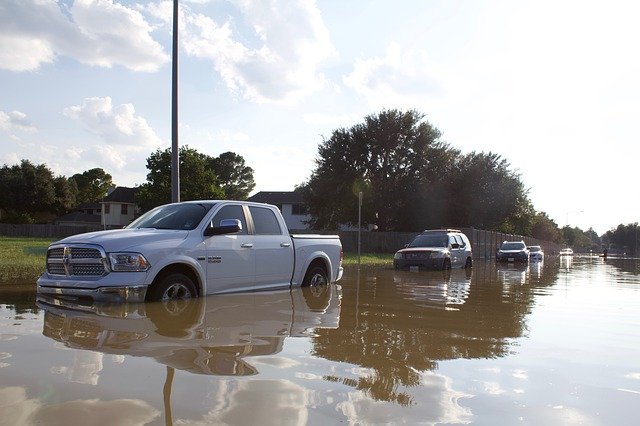Water damage to the engine is typically caused by flooding. This situation is serious because enough water damage is enough to total your car. Car insurance covers some maintenance to your vehicle’s depreciation. Comprehensive coverage, depending on the insurance company, covers hail, flooding, and water damage to your vehicle. Good comprehensive coverage also applies to fallen trees and theft. As a whole, this type of coverage applies to situations outside of your control.
Comprehensive coverage does not apply if you neglected to take care of your car. Comprehensive coverage is not automatically a part of your policy. You have the option to acquire this type of coverage, or not. Because comprehensive auto insurance is optional, it is up to you to weigh the risk. Older cars may not need comprehensive insurance because the value of the vehicle does not equal the price of the coverage. Newer cars may be required to opt-in for comprehensive coverage. Once you determine that a flood is more or less likely, check with your chosen insurance provider about water damage coverage.
What If The Water Damage Happens Due To Negligence?
Water damage to your engine is a situation outside of your control. Comprehensive coverage on your auto insurance applies mishaps not related to wrecking. A situation outside of your control, for example, is a flash flood. Say the flash flood is high enough to reach your engine; then, it is not your fault. Having comprehensive coverage during this situation may help you.
A different situation involves purposeful or neglectful behavior. Comprehensive coverage will not help you in the event that you neglected your car. It applies to situations outside of your control, not pertaining to a vehicular accident. Purposefully driving through a flood is an example of negligence. There is a possibility that comprehensive coverage will not help you.
The Process For Determining If It’s Your Fault
Avoid being found at-fault by doing what you can to prevent flood damage. Proving that you parked in a safe area and did not drive through a flood increases your chance of getting comprehensive coverage. Your auto insurance provider will do a few tests to determine if the vehicle is truly damaged by water. They will also conduct an interview to determine if you are at fault. Because water damage is hard to determine, this inspection may reveal that your car is not even actually damaged. Some situations where you believe the car is damaged later reveal that it never was.
Water can be found in certain spots to determine if it reached the engine, such as on the oil dipstick, damaged cylinders, and the interior. A dirty water line shows how high the water reached. In some cases, the water may not have reached high enough, and your engine took no damage. Problem solved!
If your engine was damaged, however, the insurance provider may collect information to determine who is at fault, if anyone. To prevent miscommunication, file a claim immediately, and try not to tamper with your vehicle. There are some precautions that you can take, such as drying out your vehicle to prevent totaling your car. Working with your insurance’s preferred auto repair technician boosts the chances of fixing your car and filing an accurate claim.
Conclusion
Comprehensive insurance covers water damage to the engine. It depends on whether or not the situation is your fault. Showing your insurance company that you avoided danger as much as possible helps. This type of insurance does not come automatically with liability, so you must choose to opt into it. Skipping out of comprehensive insurance puts you at risk of flood damage, fallen trees, and other situations out of your control.

